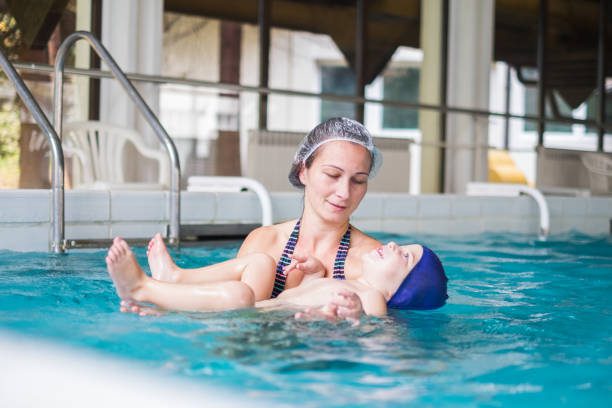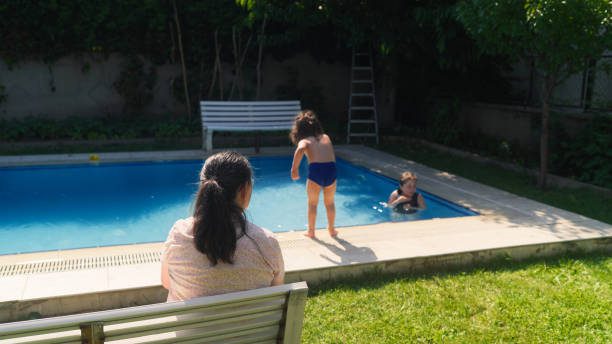This content is for informational and educational purposes only. Always consult a qualified healthcare provider.
Last Updated on August 11, 2024 by Pen Pixel
Every year, over 300,000 people drown worldwide and drowning is the top cause of death for children aged 1 to 14. Now, swimming lessons can’t stop all drownings, but they can prevent so many of them. Children don’t even need to master those fancy strokes, but knowing how to float, tread water, and swim to safety can save their lives.
📋 Table of Contents
The Key Takeaway.
All children should take swimming lessons. It might save their lives or another child’s life.
7 Things To Know About Child Swimming As Parents.


Make Sure Where They’re Learning Is Safe.
The place where children learn to swim must be safe. Don’t just assume it’s safe; check it yourself. It should be clean and well-kept. There should be lifeguards who aren’t teaching on standby, because the teachers can’t watch everyone all the time. There should be markers for deeper water and barriers to keep the children out of those areas. Lifesaving and first aid equipment should be nearby, and safety rules should be available to every child.
It Doesn’t Matter If Your Child Is Afraid Of The Water.
Being afraid of the water isn’t a reason to let your child avoid or quit swimming lessons. It’s normal for some children to be more scared than others. I’m not saying force them, I’m saying that giving up isn’t the answer either. Start slowly with lots and lots of encouragement. The swim teacher should be supportive as well and willing to help.
Children Can Still Drown Even If They Know How To Swim.
Even if a child can swim, they can still drown. They can get tired, hurt, trapped, or confused. Even strong, professional swimmers face trouble. While swimming lessons are lifesaving, children should ALWAYS be supervised around water and wear life jackets for any water activities.
They Don’t Need To Be A Professional Swimmer.
Swim lessons for children from age 1 to 4 can be really, really helpful. They don’t need to learn how to swim as if they’re planning for the Olympics but they can learn useful skills like getting back to the side of a pool if they fall in. They should just listen, follow directions, and remember what they’ve learned. You’ll never know when it would come in handy for them.
Make Sure The Swim Teacher Is Properly Trained.
This might seem obvious, but it’s not always guaranteed. Please, ask about the training and evaluation process for teachers, and the guidelines they are following.
Make Sure The Swim Teacher Is Not Teaching Too Many Children.
The number of children per teacher should be low, especially for young or new swimmers. The teachers should be able to keep all children within arm’s reach and watch the whole group at the same time. As the children get better, the group can be a bit bigger, but it should never be a size the teacher cannot safely manage.
Watch, Don’t Distract Your Children.
You should watch part of the swim lessons yourself. See how your child/children is learning and see how they are being taught. Now, it’s not always helpful to be there the whole time, as you can distract the children. But then, you should be able to watch their lessons. Many pools have an observation window or deck for this purpose. Ask around.

